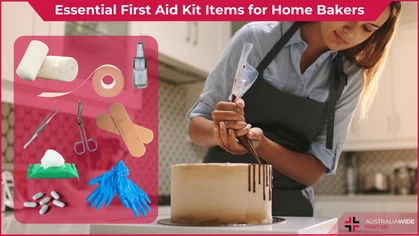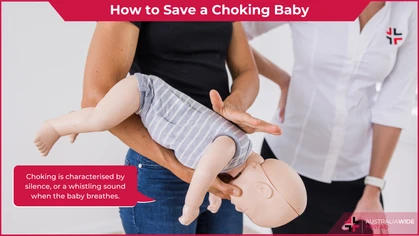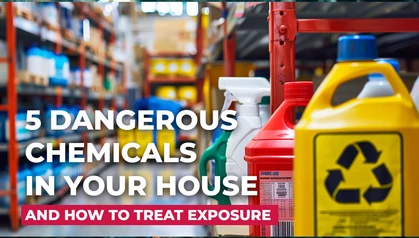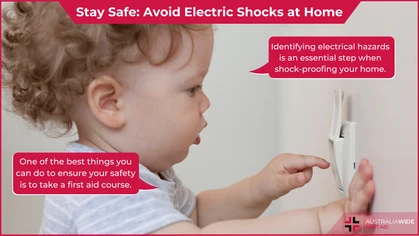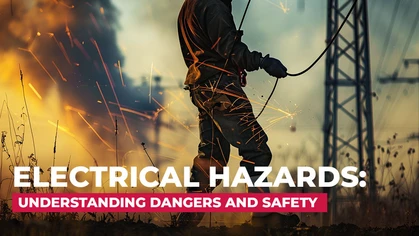Farm Vehicles and Machinery - Injuries and Safety

Danger
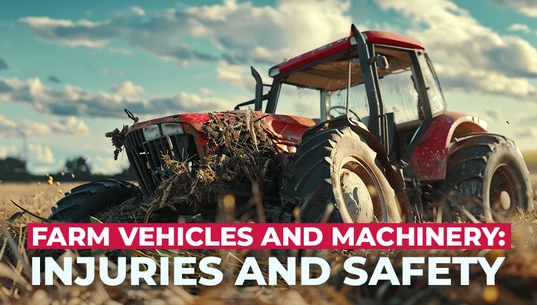 Farms require the use of a wide range of vehicles and machinery.
In Australia's vast farmland, a dangerous threat hides among the essential farm machinery that powers the nation's agriculture.
Vehicles and machinery, the backbone of agricultural operations, possess immense potential for productivity and progress. Their existence also brings many risks, posing a constant challenge to the safety of those who operate these large machines.
In this article, we discuss the dangers of these important tools, including accidents and risks for workers on Australian farms. We also talk about the steps being taken to protect their lives and livelihoods.
Farms require the use of a wide range of vehicles and machinery.
In Australia's vast farmland, a dangerous threat hides among the essential farm machinery that powers the nation's agriculture.
Vehicles and machinery, the backbone of agricultural operations, possess immense potential for productivity and progress. Their existence also brings many risks, posing a constant challenge to the safety of those who operate these large machines.
In this article, we discuss the dangers of these important tools, including accidents and risks for workers on Australian farms. We also talk about the steps being taken to protect their lives and livelihoods.
Common Farm Vehicles and Machinery
Quadbikes are a popular option for those living on farms. They are used for personal transport around the farm, supervising workers, mustering livestock, and inspecting farm animals and equipment. They are also sometimes used for carrying or towing loads, or spraying, however doing so significantly increases their risk of rollover. Side-by-side vehicles are another popular option, but can also be prone to rollover. They are considered a safer option than quadbikes. Some other common farm machinery and vehicles include:- Tractors
- Utilities
- Motorbikes
- Augers
- Cultivators
- Harvesters
- Sprayers
- Balers
- Plows
- Conveyer belts
- Loaders and backhoes
- Produce sorters
- Irrigation
- Milking machines
- Grinder-mixers
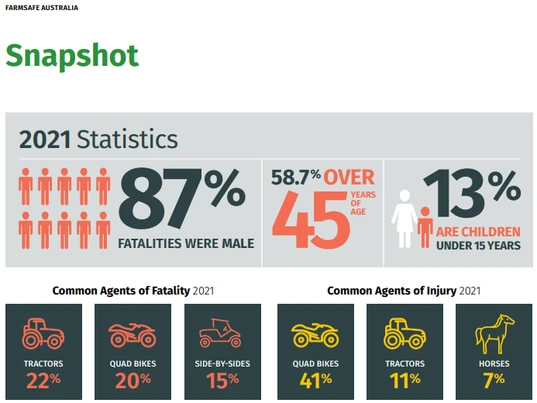
Safer Farms 2022: Agricultural Injury and Fatality - Trend Report
Injuries from Vehicles and Machinery
Exposure to farm machinery and vehicles can be hazardous to various aspects of health. There are risks for the operator of the machine or vehicle, and for others in the vicinity. In 2021, the most common agents of fatality and injury were vehicles. Tractors, quad bikes, and side-by-sides accounted for the majority of injuries and deaths. It is important to note that these figures include both work-related fatalities as well as recreational activities. Some of the injuries which can be sustained from farm machinery and vehicles include:- Occupational hearing damage
- Crush injuries
- Lacerations
- Broken bones
- Concussion
- Burns and scalds
- Eye damage
- Internal organ damage
- Entanglement
- Amputation
- Lung damage
- Falls
- Electrocution
- Suffocation
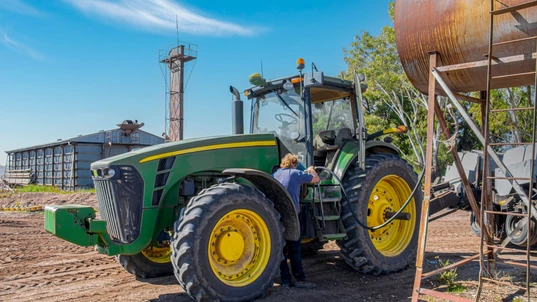
Reducing the Hazards
Ensure all workers follow the manufacturers instructions for operation, and don’t remove or modify any safety measures. Australian law requires effective guards to be in place for all machinery. A guard is defined as being a part of a system that ensure it is extremely unlikely, or impossible, for a person to sustain injury or death while the system is in place. Examples of guards for farm machinery include:- Access steps and handles
- Isolation fencing
- Exhaust pipes are working and pointed in a safe direction
- Fan belts and spark plugs covered
- Enclosures made of mesh, metal, plastics, and other materials
- Shields
- Chemical hazards stored and labelled appropriately
Importance of First Aid Training
Farmers are often operating machinery and vehicles alone. When farmers work in remote areas, they have to rely on their own skills if they get injured. It is vital that all farm workers, particularly those who operate or work near machinery and vehicles, have their first aid training up to date. All workers should have easy access to a fully stocked first aid kit, and be trained in emergency procedures.
Originally published at
https://www.australiawidefirstaid.com.au/resources/farm-vehicles-and-machinery
as part of the Australia Wide First Aid Articles Library




